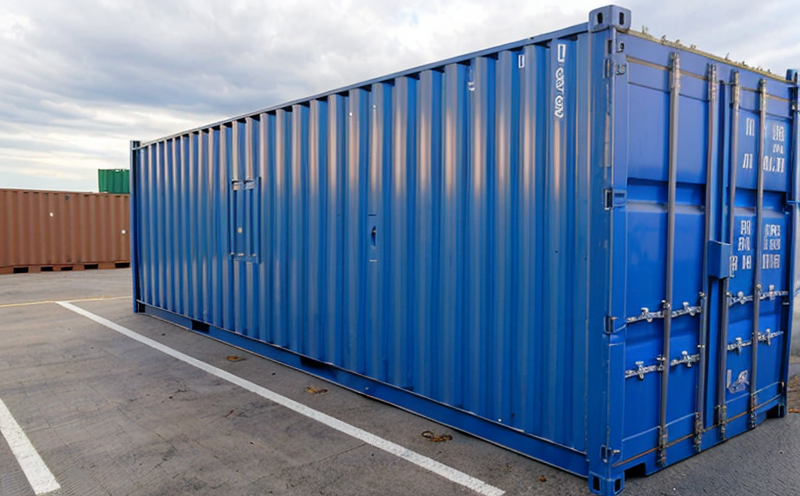ASTM D542 Transparency Testing of Plastic Storage Plastics
The ASTM D542 test method is specifically designed to measure the degree of transparency of plastic materials used in storage containers. This service plays a crucial role in ensuring that packaging meets both aesthetic and functional requirements, especially when it comes to clear or semi-transparent plastics.
The primary focus of this test lies in assessing how much light can pass through a given specimen under controlled conditions. Transparency is a critical factor for products like beverage bottles, food containers, and medical packaging where visibility inside the container is required by design.
During testing, samples are carefully prepared according to ASTM D542 specifications. Specimens are typically cut from larger pieces of plastic, ensuring they meet standard dimensions before undergoing optical analysis. Once ready, these specimens are placed in a specialized device that measures their ability to transmit light across a defined wavelength range.
The results generated by this testing process provide valuable insights into the clarity and translucency characteristics of different plastics used for storage applications. These data points help manufacturers optimize formulas during R&D stages while also aiding quality control teams during production phases.
By leveraging ASTM D542 transparency testing, businesses in the polymer & plastic sector can ensure their products meet industry standards and customer expectations regarding visual appearance and functionality.
Scope and Methodology
| Parameter | Description |
|---|---|
| Test Specimens | Rectangular specimens measuring 100 mm x 76.2 mm with a thickness of 2.54 mm. |
| Light Source | A tungsten-halogen lamp providing light at 880 nanometers wavelength. |
| Measurement Setup | The specimen is held between two parallel glass plates, one of which has a known thickness and refractive index. |
| Data Collection | Light transmission values are recorded using an integrating sphere spectrophotometer. |
Industry Applications
This testing procedure finds extensive application across various industries, particularly those involving storage containers and packaging. For instance:
- Beverage companies ensuring their bottles remain visually appealing to consumers.
- Food manufacturers verifying the integrity of their transparent or semi-transparent containers.
- Pharmaceutical firms validating the safety and efficacy of their packaging materials through visual inspection.
The importance of ASTM D542 cannot be overstated as it directly impacts consumer satisfaction, regulatory compliance, and overall product quality in these sectors.
Why Choose This Test
- Ensures consistent material properties across batches.
- Facilitates easier identification of defects within the plastic during manufacturing processes.
- Promotes better communication between suppliers and end-users regarding expected performance.
- Aids in meeting stringent quality control requirements imposed by regulatory bodies worldwide.





